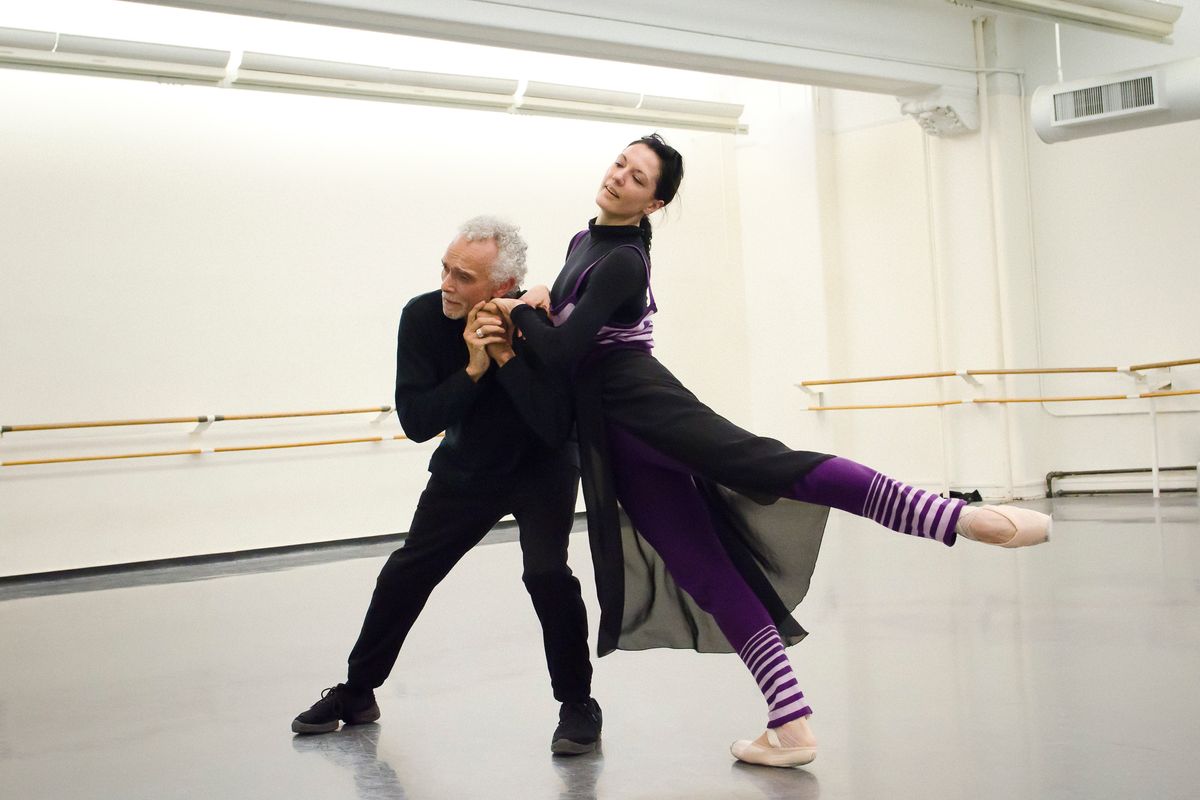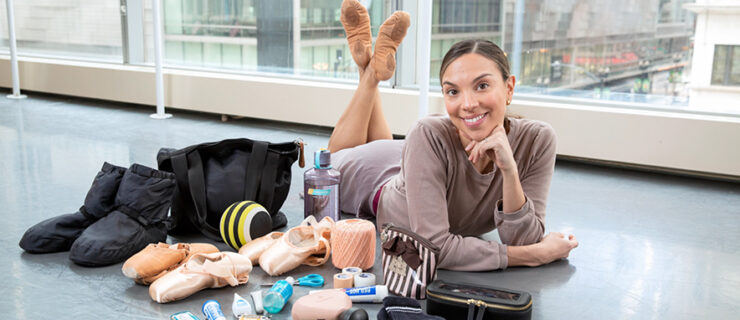100 Years of The Golden Cockerel: Alexei Ratmansky's Revival of the Ballet Russes Jewel Gets Its U.S. Premiere
This story originally appeared in the June/July 2016 issue of Pointe.
Choreographer Alexei Ratmansky is passionate about promoting the splendor of early Russian ballet and has, over the last few years, mounted a string of reinterpretations of iconic works. This June his re-choreographed version of The Golden Cockerel, first mounted for the Royal Danish Ballet in 2012, will have its U.S. premiere at American Ballet Theatre, where he is artist in residence. The Golden Cockerel, which was first staged in 1914 by Sergei Diaghilev’s Ballets Russes in Paris, is the epitome of Russian art, music, folklore and dance. It follows the exploits of the foolish King Dodon, the powerful Queen of Shemakhan (who has eyes on his kingdom) and the cunning Astrologer, who gives the king a magical golden cockerel to warn him of danger.
While unfamiliar to American audiences, The Golden Cockerel has a rich history. Here is a timeline of this comedic ballet’s many reincarnations.
1914 Choreographer Michel Fokine had been toying with the idea of a ballet set to Nikolai Rimsky-Korsakov’s opera, based on the poem The Tale of the Golden Cockerel by Alexander Pushkin, for several years. He wanted to try combining ballet and opera completely. The resulting production of The Golden Cockerel had the opera singers seated on either side of the stage while the ballet dancers performed. Tamara Karsavina danced the role of the Queen of Shemakhan, and Italian ballet master Enrico Cecchetti played the Astrologer, but the role of the Cockerel was simply a prop.
The opera/ballet was considered an unqualified triumph. But due to the large scale of its staging and the onset of World War I, it quickly fell from the repertoire.
 Irina Baronova as the Queen of Shemakhan. Photo Barron Studios, Courtesy Dance Magazine Archives.
Irina Baronova as the Queen of Shemakhan. Photo Barron Studios, Courtesy Dance Magazine Archives.
1937 Colonel Wassily de Basil and the Ballet Russe de Monte Carlo decided to remount Fokine’s opera/ballet in 1937. Upon revisiting the work, Fokine chose to create a purely balletic version with musical instruments taking the places of voices. He also changed the Golden Cockerel into a role for a female dancer. Tatiana Riabouchinska and Irina Baronova (who was only 18 at the time) danced the roles of the Golden Cockerel and the Queen of Shemakhan, respectively.
 Richard Hudson’s costumes and sets build on Natalia Goncharova’s original design. Photo by Per Mortensen Abrahamsen, Courtesy Royal Danish Ballet.
Richard Hudson’s costumes and sets build on Natalia Goncharova’s original design. Photo by Per Mortensen Abrahamsen, Courtesy Royal Danish Ballet.
2012 Ratmansky, drawn to what Fokine had described as his best ballet, chose to revisit the work for the Royal Danish Ballet, using elements from both the 1914 and 1937 productions. The resulting ballet, while containing references to its history and moral story, portrays the Russian fairy tale in a bright, swirling kaleidoscope of color. Ratmansky lengthened the 45-minute 1937 version to create a new two-act ballet by including music from the original opera. RDB soloist Lena-Maria Gruber created the role of the majestic Cockerel. “I turn quite diabolical in the end,” Gruber says.
2016 In remounting The Golden Cockerel for ABT, Ratmansky has added and changed steps and built in more details. “ABT has different strengths to the Royal Danish Ballet, which I have taken into consideration,” Ratmansky explains. ABT principal dancer Stella Abrera has been cast as the Queen of Shemakhan, whom she describes as “an overtly sensual figure” who relishes her position of authority. “This gal is the whole package,” she says. “The deeper we plunged into the ballet and the better I understood why the original libretto was controversial—powerful women and foolish rulers—I knew The Golden Cockerel was going to be a lot of fun!”
Re-creating a World of Color
Tony Award-winning designer Richard Hudson based the costumes and sets on the original 1914 and 1937 designs by avant-garde artist Natalia Goncharova. According to Ballets Russes dancer Lydia Sokolova, Sergei Diaghilev found Goncharova in Moscow “painting pictures on the foreheads of people in cafés.” Her colorful designs, however, perfectly encapsulated Russian folk culture and fairy tale.
 Tatiana Riabouchinska. Photo Courtesy Dance Magazine Archives.
Tatiana Riabouchinska. Photo Courtesy Dance Magazine Archives.
 Lena-Maria Gruber as the Golden Cockerel in the Royal Danish Ballet production. Photo by Per Mortensen Abrahamsen, Courtesy RDB.
Lena-Maria Gruber as the Golden Cockerel in the Royal Danish Ballet production. Photo by Per Mortensen Abrahamsen, Courtesy RDB.
For Hudson, reinterpreting the production was daunting: “Working with such a huge palette of colors was difficult to start with, but then liberating, once I understood that anything goes—almost!” He changed the costumes’ proportions, he says, “because contemporary dancers are so different in physique.” RDB soloist Lena-Maria Gruber, who created the role of the Cockerel, had to adjust to the weight shift created by the elaborate tail. “But it was a lot of fun to be covered in gold head to toe!” she says.








